Mars in 30 Days? Buckle Up for Liftoff
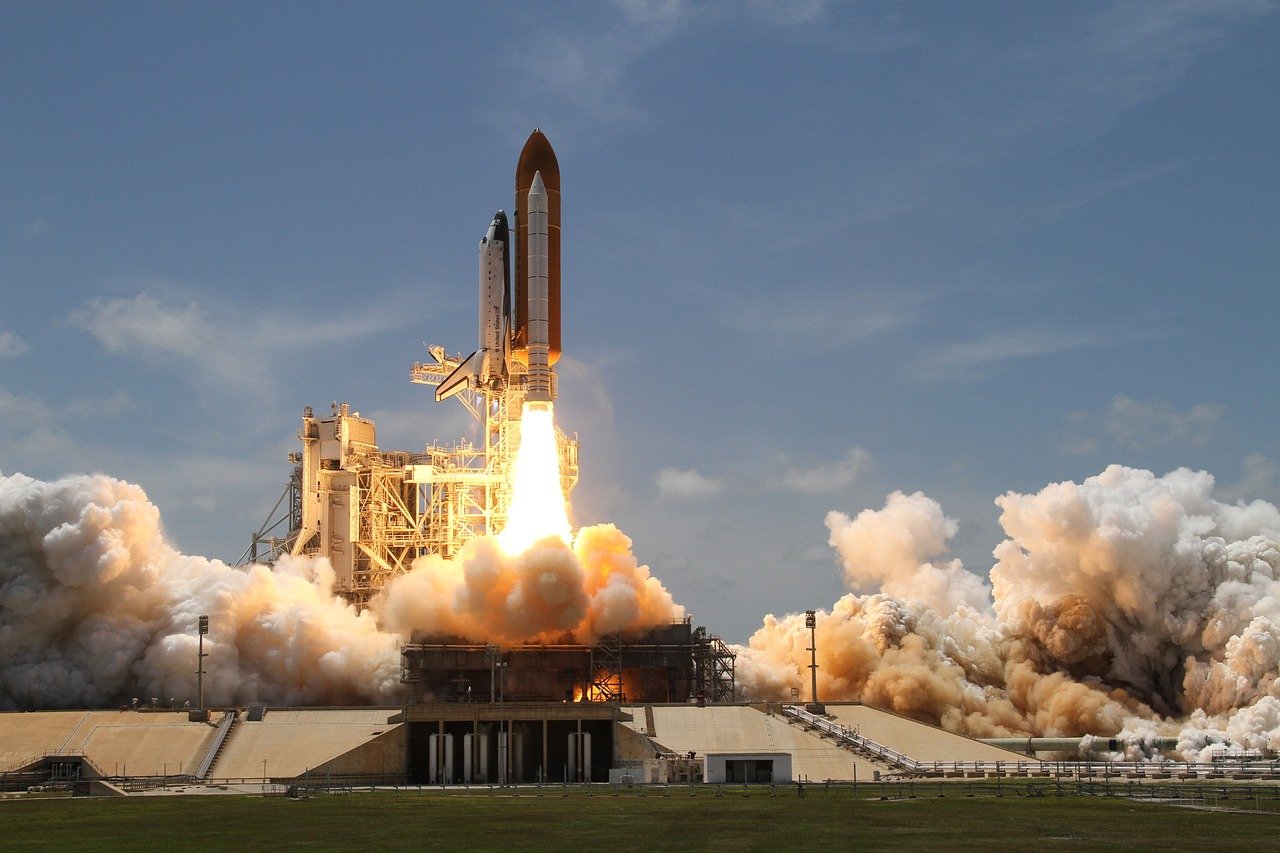
For decades, Mars has felt like a tantalizing neighbor just out of reach—until now. Russia’s plasma engine prototype is turning heads and turning up the heat on space travel, with the promise to cut the trip from Earth to Mars down to a jaw-dropping 30 days. Just imagine: what once took most of a year could soon be a cosmic road trip lasting the length of a summer vacation. For scientists, engineers, and anyone who’s ever looked up at the night sky and wondered “what if?”, this breakthrough is a bolt of pure adrenaline. The engine isn’t science fiction; it’s a living, breathing piece of machinery humming with possibility. Suddenly, Mars doesn’t seem so far away. This single innovation could reshape how we think about space, time, and the future of humanity among the stars.
What Really Is Plasma Propulsion?

Plasma propulsion isn’t rocket science—it’s better. Traditional rockets burn chemical fuel with explosive force, but plasma engines use a fourth state of matter: plasma. Picture a neon sign or the shimmering solar wind. In these engines, gas is superheated and stripped of its electrons, creating a swirling sea of charged particles. Electric and magnetic fields then accelerate these particles to incredible speeds, pushing the spacecraft forward. Unlike chemical rockets that deliver one big burst, plasma engines provide a gentle but relentless push, kind of like a marathon runner compared to a sprinter. This steady thrust is what makes them perfect for long-haul missions through the solar system.
How Fast Could We Really Go?
Right now, even our best rockets take six to nine months to reach Mars. The Russian plasma engine prototype could slice that down to a single month. The secret sauce is continuous acceleration. Instead of coasting after an initial push, a plasma engine keeps the pedal pressed, steadily building speed until halfway, then flipping around to slow down for arrival. It’s a bit like driving a Tesla on an endless highway, compared to a drag racer that burns out after a few seconds. With this tech, distances that once seemed insurmountable shrink dramatically, and the dream of quick, frequent Mars missions edges closer to reality.
Russia’s Role in the Space Race Reimagined
Russia’s roots in space innovation run deep—from Sputnik to the Mir station and beyond. Now, their plasma engine prototype could put them back in the global spotlight. Teams of Russian physicists and engineers from institutes including the Keldysh Research Center have poured years into this project. Their approach is hands-on and ambitious, building a real-world prototype instead of just running simulations. This isn’t just one more incremental upgrade—it’s a potential game-changer that could leapfrog decades of slow progress in propulsion tech.
How It Actually Works
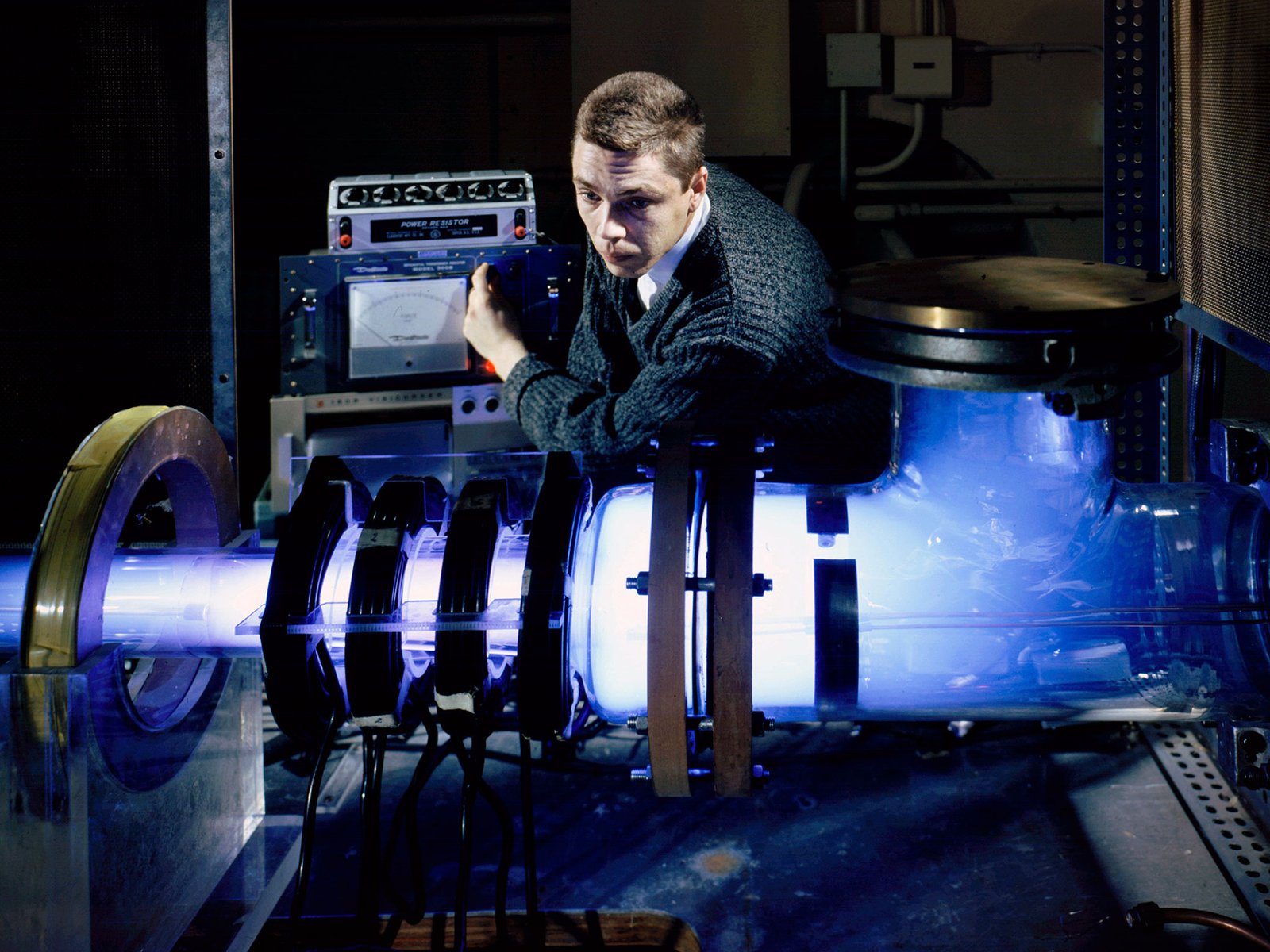
The heart of the Russian plasma engine is a compact chamber, where noble gases like xenon or argon are zapped by powerful electric currents. Magnetic rings swirl the resulting plasma, accelerating particles to speeds up to 50 kilometers per second—nearly ten times faster than a rifle bullet. Unlike chemical rockets, which guzzle fuel and generate scorching heat, the plasma engine sips electricity and stays relatively cool. Early tests in vacuum chambers have demonstrated stable thrust, controllable power output, and efficient performance. Engineers are now fine-tuning the design to push the limits even further.
Testing Grounds: First Steps Toward the Red Planet
Prototype testing hasn’t been confined to the lab. Russian engineers have already run their plasma engine through a series of rigorous trials, simulating the harsh environments of space. These tests focus on reliability, thermal management, and thrust stability—critical factors for any mission to Mars. The results so far? Promising enough to generate buzz in the global space community. While challenges remain, such as scaling up power supplies for deep-space missions, the prototype has passed key milestones that bring operational plasma propulsion closer than ever.
What This Means for Mars Colonization Plans
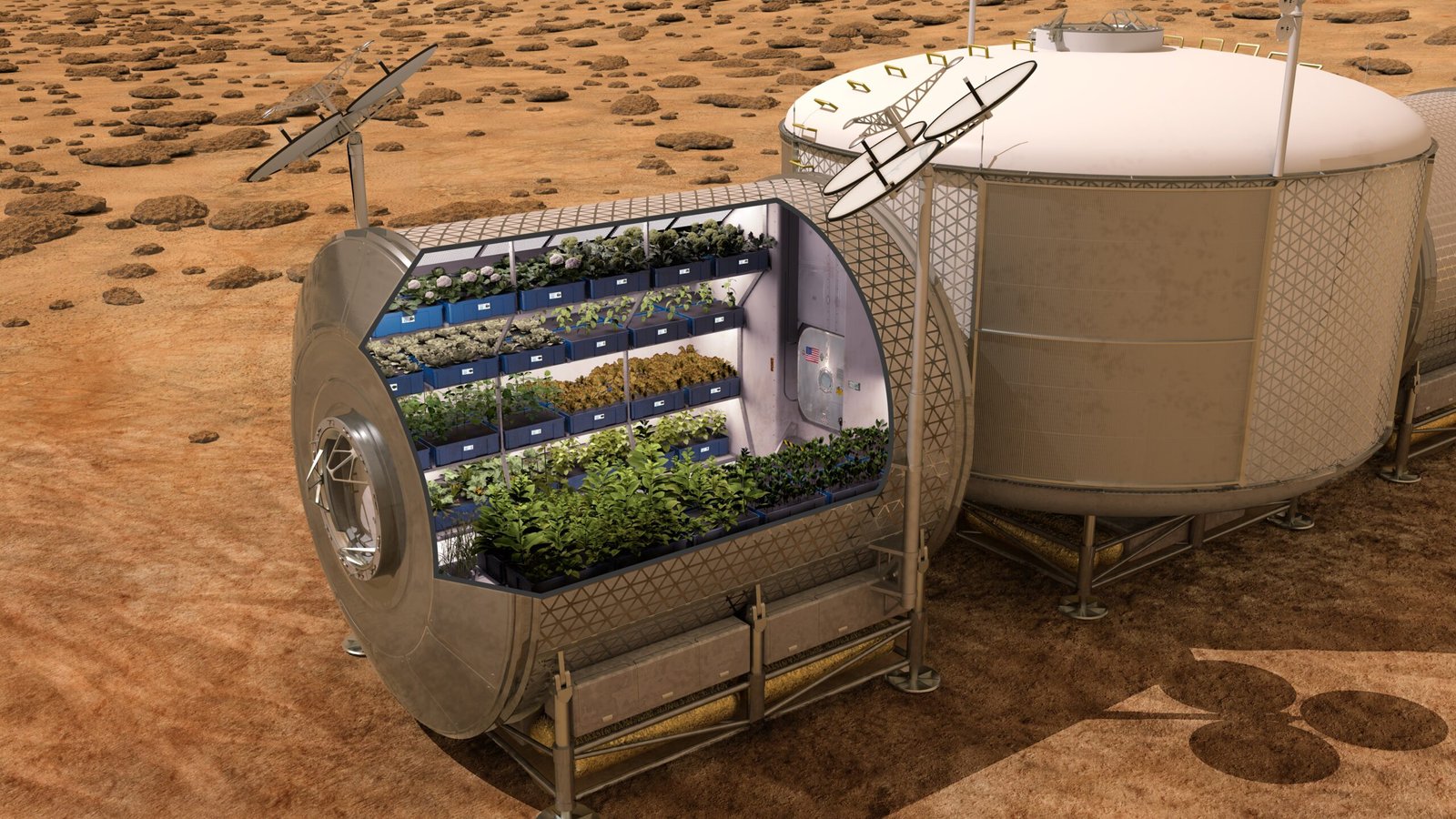
Speeding up the trip to Mars is more than a convenience—it’s a lifeline. Astronauts traveling for months endure high radiation, bone loss, and psychological stress. Cutting the journey to 30 days slashes exposure to cosmic rays and microgravity’s nasty side effects. Quicker missions also mean less time waiting for launch windows, fewer supply headaches, and more flexibility for emergencies. If plasma engines deliver as promised, they’ll be the backbone of Mars supply runs, rescue missions, and even large-scale colonization. The red planet could shift from a once-in-a-lifetime destination to a regular outpost for humanity.
Facing Down the Major Technical Hurdles

No cutting-edge tech comes without headaches, and plasma propulsion is no exception. One big challenge: power. These engines need a steady stream of electricity, typically from solar panels or nuclear generators. Managing the intense heat and preventing wear on engine components over months in deep space is another hurdle. Russian engineers are exploring advanced materials, robust cooling systems, and fail-safes to tackle these issues. The journey isn’t easy, but the payoffs could outweigh the pains if these technical puzzles are solved.
Comparing Plasma Engines to Chemical Rockets
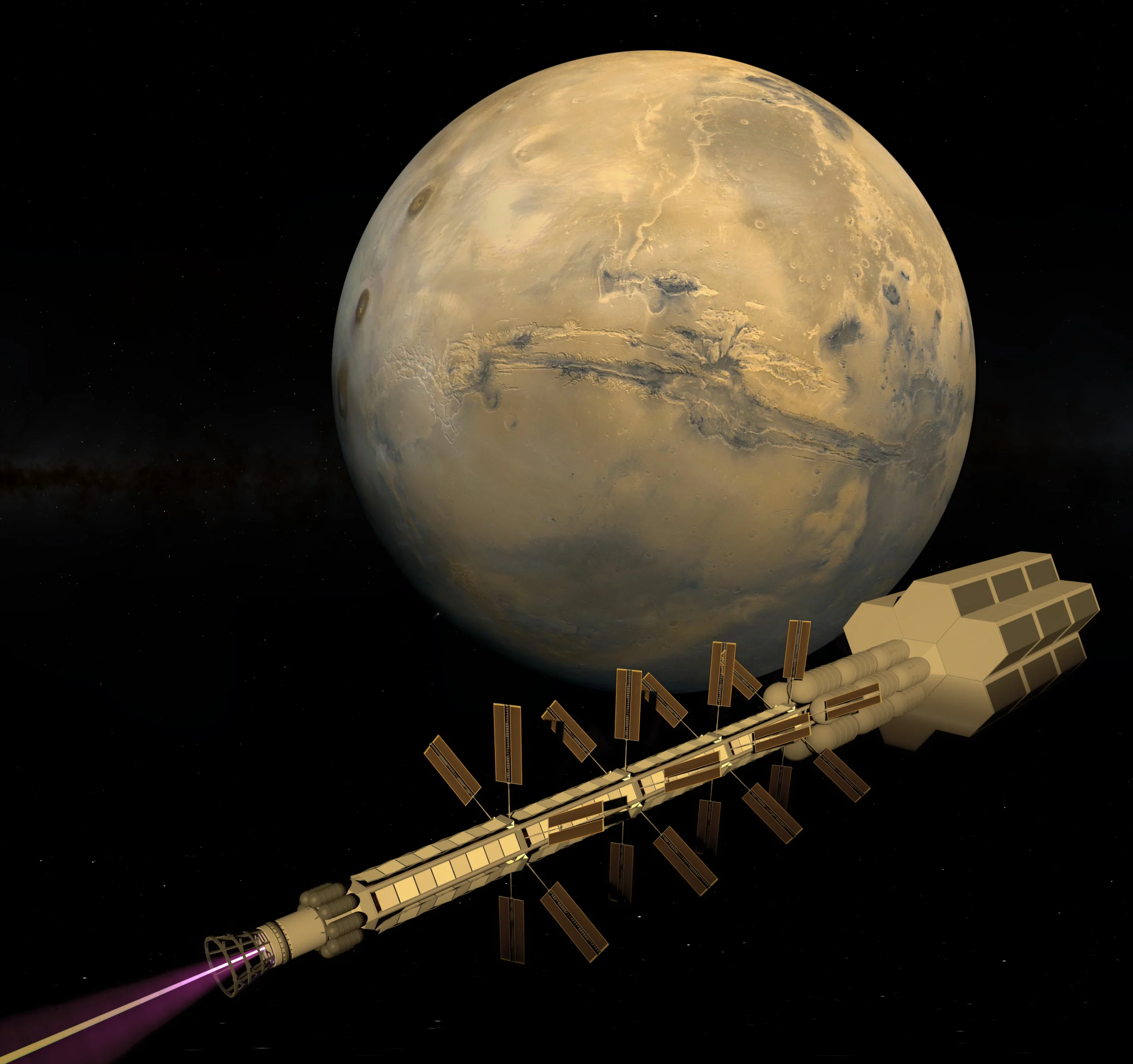
Chemical rockets are the workhorses of the space age, but they’re not built for endurance. They burn massive amounts of fuel in minutes, then drift the rest of the way. Plasma engines, in contrast, are like the tortoise in the old fable—slow and steady, but ultimately faster for long distances. They use fuel far more efficiently, pack more punch per kilogram, and can keep accelerating for weeks on end. This efficiency could drive down mission costs, open new mission profiles, and help humanity leapfrog Mars to even more distant worlds.
Imagining the Future: Beyond Mars with Plasma Power
If plasma engines can make Mars a 30-day stopover, what else becomes possible? Asteroids, Jupiter’s moons, or even missions to the outer solar system suddenly look less like science fiction. The technology could power robotic explorers, crewed missions, and even cargo ships shuttling supplies across millions of kilometers. The ripple effects could be as profound as the invention of the steam engine—unlocking a new era of exploration, trade, and discovery in our solar system.
The World Watches as Russia Pushes Ahead
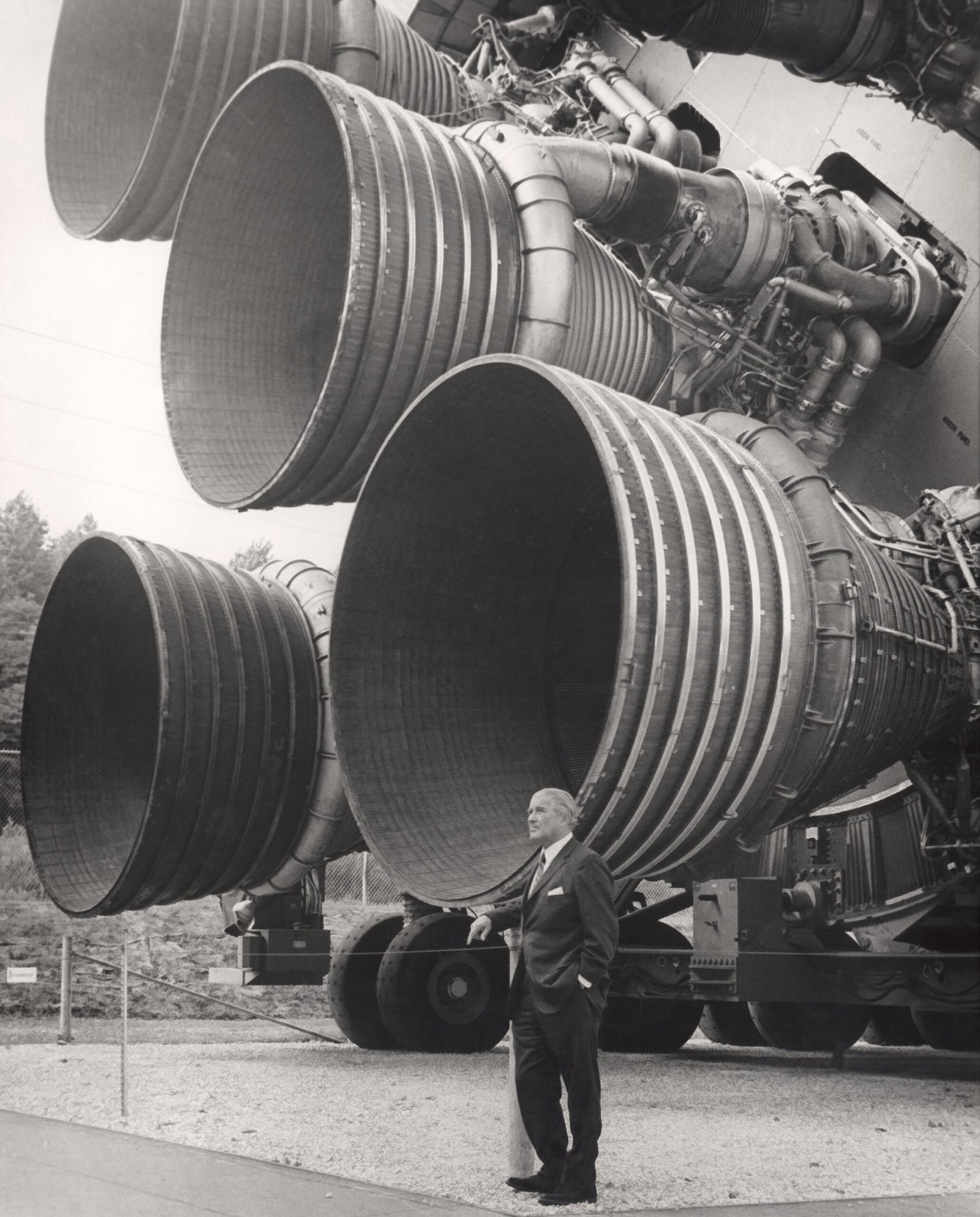
This plasma engine prototype is more than just a Russian achievement; it’s a beacon for the entire scientific community. Space agencies from the U.S. to Europe and China are keeping close tabs, eager to adapt and compete. If Russia’s prototype succeeds in real-world missions, it could ignite a new race—not just for Mars, but for the future of space travel itself. The stakes have never been higher, and the next few years could redefine what we believe is possible.
Why This Changes Everything You Thought About Mars
The idea of Mars in 30 days flips our expectations upside down. Suddenly, interplanetary travel isn’t a one-way ticket for brave volunteers—it’s a real commute for scientists, engineers, and perhaps even you. The psychological barrier between Earth and Mars is crumbling, and the race to build, test, and launch the first operational plasma-driven mission is officially on. As the countdown continues, one big question remains: are we truly ready for the future when Mars is just a month away?

